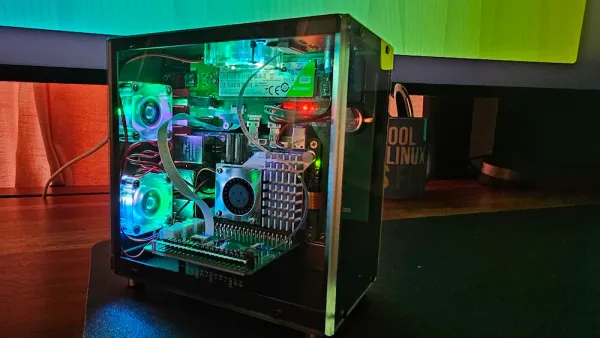
The new work, then, is based on a hypothetical: What if we just threw silicon particles in, let them fragment, and then fixed them afterward?
As mentioned, the reason fragmentation is a problem is that it leads to small chunks of silicon that have essentially dropped off the grid—they’re no longer in contact with the system that shuttles charges into and out of the electrode. In many cases, these particles are also partly filled with lithium, which takes it out of circulation, cutting the battery’s capacity even if there’s sufficient electrode material around.
The researchers involved here, all based at Stanford University, decided there was a way to nudge these fragments back into contact with the electrical system and demonstrated it could restore a lot of capacity to a badly degraded battery.
Bringing things together
The idea behind the new work was that it could be possible to attract the fragments of silicon to an electrode, or at least some other material connected to the charge-handling network. On their own, the fragments in the anode shouldn’t have a net charge; when the lithium gives up an electrode there, it should go back into solution. But the lithium is unlikely to be evenly distributed across the fragment, making them a polar material—net neutral, but with regions of higher and lower electron densities. And polar materials will move in an uneven electric field.
And, because of the uneven, chaotic structure of an electrode down at the nano scale, any voltage applied to it will create an uneven electric field. Depending on its local structure, that may attract or repel some of the particles. But because these are mostly within the electrode’s structure, most of the fragments of silicon are likely to bump into some other part of electrode in short order. And that could potentially re-establish a connection to the electrode’s current handling system.
To demonstrate that what should happen in theory actually does happen in an electrode, the researchers started by taking a used electrode and brushing some of its surface off into a solution. They then passed a voltage through the solution and confirmed the small bits of material from the battery started moving toward one of the electrodes that they used to apply a voltage to the solution. So, things worked as expected.





